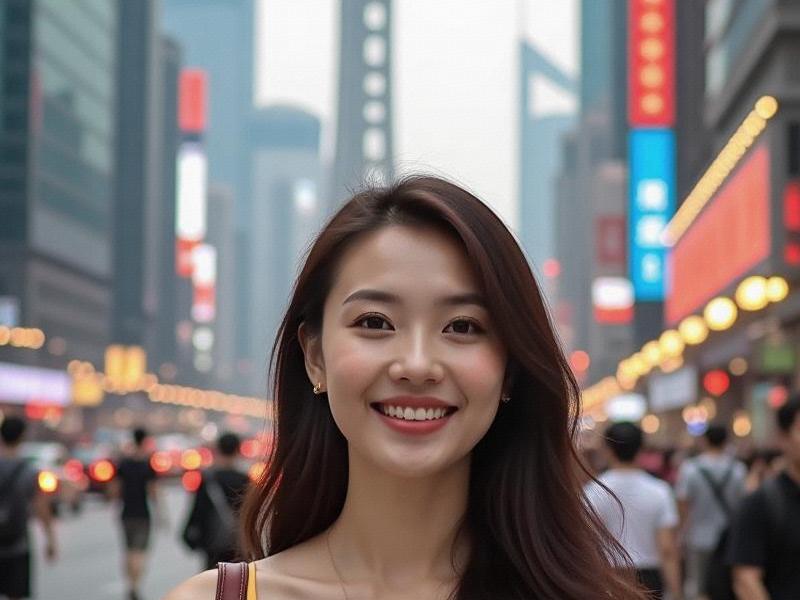This in-depth exploration examines how Shanghai is transforming into Asia's newest cultural capital, blending its rich heritage with cutting-edge creativity to establish a unique global arts ecosystem.

In the shadow of Shanghai's glittering skyscrapers, a cultural revolution is quietly unfolding. As China's most cosmopolitan city enters 2025, it's asserting itself not just as an economic powerhouse but as a global center for artistic innovation and creative expression.
The Three Pillars of Shanghai's Cultural Revival:
1. Heritage Reimagined:
- The Bund's historic buildings now house avant-garde galleries
- Traditional shikumen residences transformed into creative studios
- 68 protected heritage sites adaptively reused for cultural purposes
2. Contemporary Art Explosion:
- West Bund Museum District attracts 2.3 million visitors annually
- Shanghai Biennale grows into Asia's most influential art forum
- Local artists like Xu Zhen gaining international acclaim
新夜上海论坛
3. Creative Industry Boom:
- 42% annual growth in design firms since 2020
- Animation industry worth ¥87 billion (≈$12B) in 2024
- Government's "Creative Shanghai 2030" plan investing ¥50 billion
Cultural Infrastructure Transformation:
Shanghai's physical landscape is being reshaped to support this renaissance:
- The Grand Opera House's radical acoustical innovations
- Pudong's new "Culture Harbor" complex opening 2026
- 28 km "Art Corridor" along Suzhou Creek
夜上海最新论坛
"The city understands culture isn't just decoration - it's essential infrastructure," says cultural planner Marco Li. "Shanghai is building the museums before the oil wells."
Global Connections and Local Identity:
Shanghai's cultural strategy balances international appeal with local roots:
- Partnerships with Louvre, MoMA, and Tate Modern
- Revival of traditional crafts like qipao-making
- Innovative programming blends Peking opera with electronic music
Challenges and Controversies:
The cultural transformation faces significant hurdles:
上海品茶论坛
- Gentrification displacing traditional communities
- Censorship boundaries for contemporary artists
- Commercial pressures on independent creatives
Future Horizons:
Emerging trends suggest:
- VR/AR integration in museum experiences
- Growth of "guochao" (national trend) cultural products
- Expanded cultural exchanges along Belt & Road
As Shanghai continues its metamorphosis into a global cultural capital, the world watches with fascination. This dynamic interplay of tradition and innovation may well define 21st century urban cultural development far beyond China's borders.